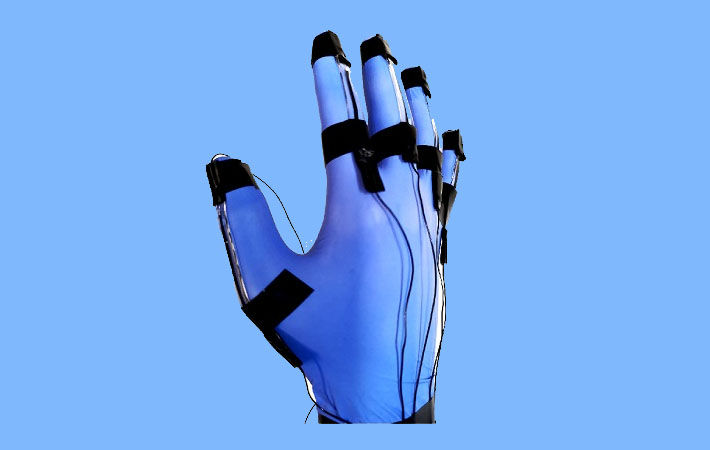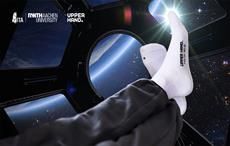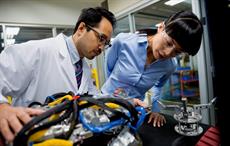
The various applications were presented in the Nature Partnership journal Flexible Electronics on October 14.
Ajay Kottapalli, assistant professor at the engineering and technology institute at the university, and his PhD student Debarun Sengupta have already developed different types of sensors, often inspired by nature. The team has now created sensors that can mimic the sensory capabilities of human skin, according to information provided by the university.
Electrospun carbon fibres were used for the sensors. These fibres are piezoresistive—their conductivity changes when stretched. Sensors are made by embedding the fibres in a flexible elastomer in a perpendicular pattern, creating 'pixels' where two fibres cross.
'Electrospinning is similar to the way in which fabric is made, and the material can be stitched, whereby it is possible to use conductive yarn that can act as an electrode,' says Kottapalli.
The sensors can therefore be integrated into everyday clothing or gloves, or applied as patches on joints. They will measure bending movements, but they are also sensitive to pressure.
The scientists have integrated the sensors into a glove. This allowed measurements of finger movement and fingertip pressure, or touch.
The sensors can also be used by athletes. Many elite athletes already wear shirts with electrodes that measure muscle activity.
“Our sensors would add body movement to this, which is an entirely different approach. Apart from joint movement, we could also register breathing movements,” adds Kottapall.
Fibre2Fashion News Desk (DS)

